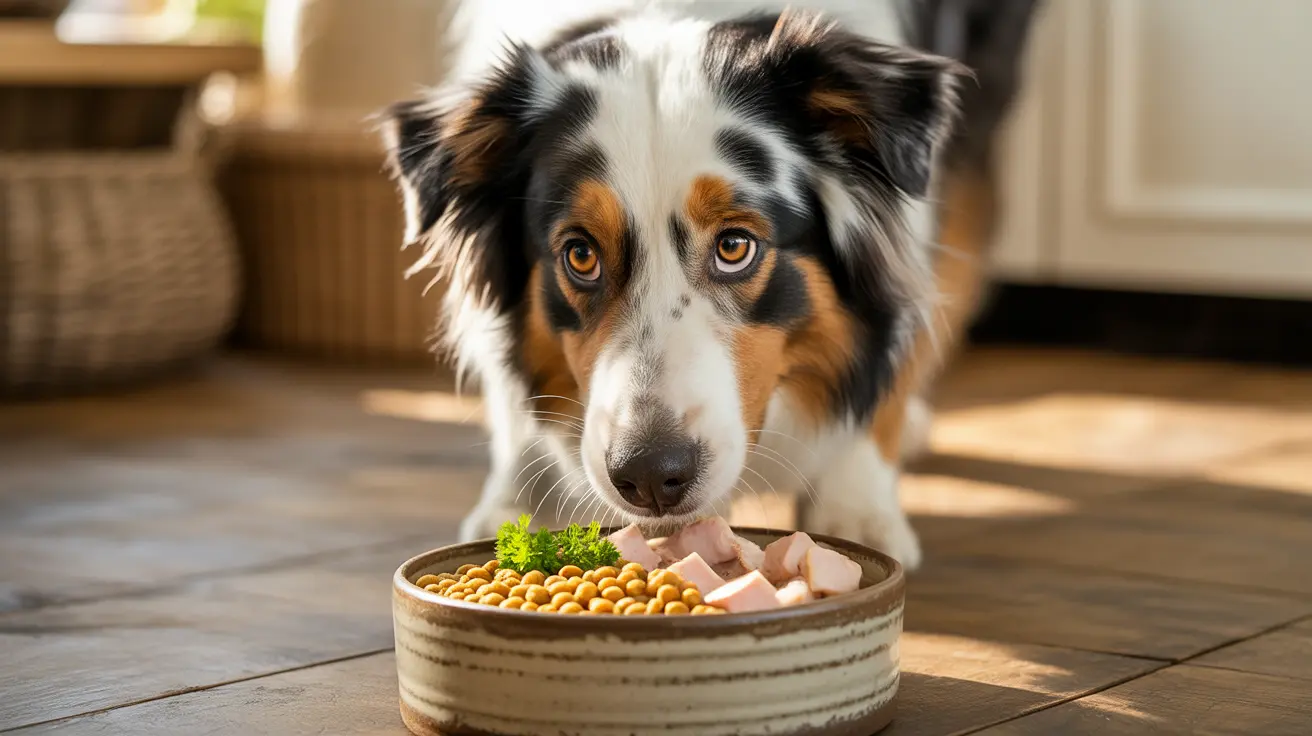Why Your House-Trained Dog Might Still Pee Indoors
It can be incredibly frustrating when a dog that normally relieves itself outside suddenly starts urinating inside the house. This behavior isn't necessarily a sign of defiance but often a signal of underlying issues. Understanding the root causes can help resolve the problem effectively and compassionately.
Medical Causes of Indoor Urination
Unexpected accidents could be a symptom of various health problems, especially if the dog was previously well-trained. A consultation with a veterinarian is a necessary first step to rule out medical conditions such as:
- Urinary Tract Infections (UTIs): Common in dogs, they cause pain and an urgent need to urinate.
- Bladder Stones or Cystitis: Irritation or blockage can prompt uncontrolled urination.
- Diabetes or Kidney Disease: These increase urine output, making accidents more likely.
- Incontinence: Seen often in senior dogs or those with neurological issues.
- Painful Conditions: Arthritis or injuries may make going outside difficult.
An accurate diagnosis will determine the right treatment, which may include antibiotics, medications, or lifestyle adjustments like using doggie diapers.
Behavioral Reasons for Peeing Indoors
When health issues are ruled out, behavioral factors may be at play:
- Marking: Dogs, especially unneutered males, may mark territory with urine. Spaying or neutering earlier in life can help reduce this.
- Stress and Anxiety: New environments, guests, or other pets can cause regression in house training.
- Excitement Urination: Particularly in puppies, excitement can trigger urination during greetings or playtime.
- Submissive Urination: Some dogs urinate when feeling fearful or intimidated.
- Incomplete House Training: Puppies and some adult dogs may not have fully learned proper elimination behavior.
Strategies for Addressing Indoor Urination
Once the underlying reason is identified, specific strategies can improve the situation:
- Reinforce House Training: Take your dog outside frequently—after meals, play, or waking up. Always give praise or treats when they urinate outside.
- Clean Thoroughly: Use enzyme-based cleaners on soiled areas to remove lingering odor cues. Avoid ammonia-based products, which mimic urine scent.
- Limit Access: Confine dogs when unsupervised, especially to areas they haven’t previously soiled. Crate training is effective when done positively.
- Change the Room's Association: Feed or play with your dog in the spot where incidents occurred to reframe it as a non-bathroom zone.
- Positive Reinforcement: Never punish a dog for accidents. This raises anxiety and can lead them to hide urination.
- Consistent Routines: Consistency in feeding, bathroom breaks, and sleep times helps reduce anxiety-driven urination.
- Homemade Deterrents: Mix equal parts of white vinegar and water, or add diluted citronella, peppermint, or eucalyptus oil and spray problem zones.
When to Seek Professional Help
Behavior that persists despite your efforts may require expert intervention:
- Veterinary Guidance: Medication for anxiety or bladder issues may be prescribed.
- Dog Trainer or Behaviorist: These professionals can assess and personalize a behavior modification plan.
- Observation: Pay attention for signs such as sniffing or circling, and quickly redirect the dog outside.
Patience and consistency are key when addressing indoor urination. Many dogs show improvement through a combination of medical treatment, environmental control, proper cleaning, and training reinforcement. Whether your dog is a puppy in training, a senior with incontinence, or simply responding to life changes, a structured approach can bring harmony back to your household.





